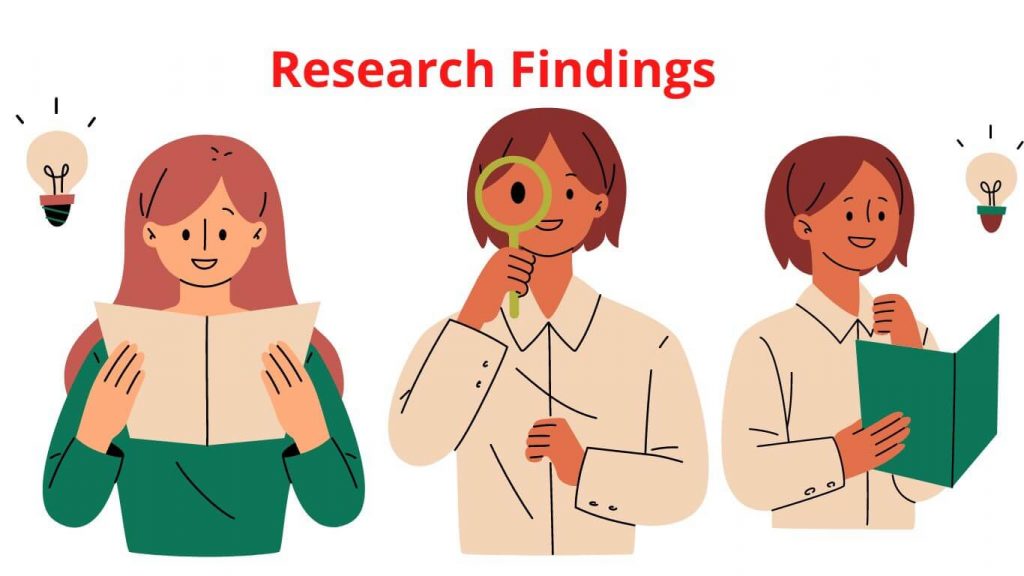Search

Researchers went into 79 WA primary and secondary schools in 2020 and found increased levels of emotional distress among students and families.
The Centre includes researchers at The Kids Research Institute Australia’s Diabetes Research Team and the Diabetes Service at the Perth Children’s Hospital.
Read about the research fellows at the Children's Diabetes Centre, Martin de Bock, Aveni Hayes, Ashleigh Lin and Marie-Anne Burckhardt.
Read about the students currently undertaking their PhD as a part of the Children's Diabetes Centre.


News & Events
T1D Telethon ChampionWe are proud to have so many very talented and passionate children and youth in our T1D community.

News & Events
Research findings'Revisiting hypoglycaemia management in children with type 1 diabetes on contemporary therapy' survey results.


